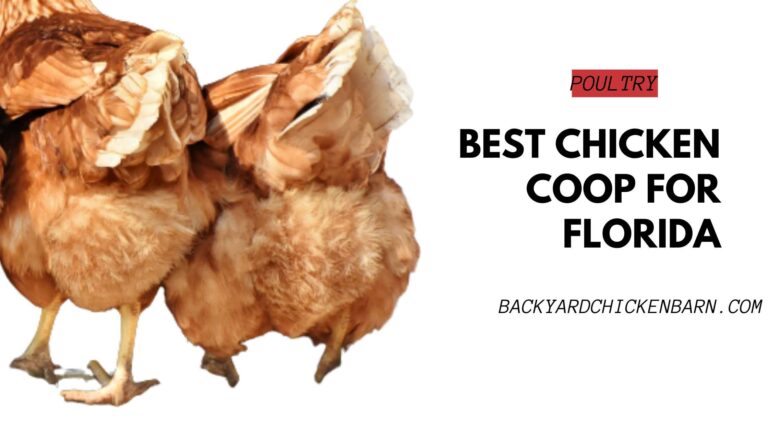Chicken Zoning Laws in Utah: Everything You Need to Know to Raise Chickens Legally
Raising backyard chickens in Utah is becoming more popular every year. From Salt Lake City suburbs to rural farms in Cache Valley, Utah residents are discovering the benefits of fresh eggs, sustainability, and greater self-reliance. But before you build a coop or buy chicks, you need to understand your local chicken zoning laws.
Utah does not have a single statewide law about backyard chickens. Instead, chicken keeping is governed by city and county ordinances. That means what’s legal in one city could be illegal in another just a few miles away. This guide will help you understand how to legally and responsibly raise chickens in Utah, no matter where you live.
Are Chickens Legal in Utah?
Yes, chickens are legal in many areas of Utah, but the rules vary widely by city and county. Most municipalities allow hens in residential zones but may limit the number, prohibit roosters, or require permits. Urban areas usually have tighter restrictions, while rural and agricultural zones are generally more flexible.
The key is this: always check your local zoning ordinance before you bring chickens onto your property.
Understanding Zoning Codes in Utah
Zoning laws determine what activities are allowed on your property based on its classification. The most common zoning categories affecting chickens include:
- Agricultural (A, AG): Chickens and roosters are typically permitted with minimal restrictions.
- Rural Residential (RR): Chickens usually allowed, often with limits on flock size or setbacks.
- Urban Residential (R-1, R-2): Chickens may be permitted with tighter rules—permits, no roosters, and coop placement restrictions.
To find your property’s zoning, visit your city’s website or contact the local planning or zoning office.
Chicken Zoning Laws by Utah City
Salt Lake City
Salt Lake City supports urban farming and allows backyard chickens under the following rules:
- Up to 15 hens allowed depending on lot size
- Roosters are not permitted
- Permit required through Animal Services
- Coop must be 30 feet from any neighboring residence
Salt Lake City also conducts annual inspections, so maintaining a clean and compliant setup is essential. Use the Chicken Coop Calculator to design a coop that meets both space and regulatory standards.
Provo
Provo permits chickens in most residential zones with these conditions:
- Up to 6 hens allowed per household
- No roosters permitted
- Permits required from the city
- Coops must be at least 25 feet from adjacent homes
Provo also requires that chickens be kept in a fully enclosed coop or run to prevent escapes and neighborhood nuisance complaints.
Ogden
Ogden has specific zoning regulations for chickens:
- Up to 6 hens allowed in residential zones
- Roosters not allowed
- Permit required for backyard flocks
- Coops must be well-maintained and 20 feet from other dwellings
Ogden code enforcement frequently responds to animal complaints, so it’s important to be a responsible chicken keeper.
St. George
St. George allows chickens in select residential and agricultural zones:
- Up to 5 hens permitted in single-family residential lots
- Roosters are banned
- Coop must be 25 feet from neighboring homes
- Permit may be required depending on zoning district
Typical Chicken Rules Across Utah
Though each city has its own ordinances, many Utah communities share common zoning restrictions for backyard chickens. Here’s a summary of typical rules:
| Requirement | Typical Rule |
|---|---|
| Number of Hens | 4 to 6 hens in residential zones; more allowed on larger lots |
| Roosters | Prohibited in most urban and suburban areas |
| Permits | Required in many cities for backyard flocks |
| Coop Placement | Typically 20–30 feet from neighbor residences |
| Sanitation | Coops must be clean, odor-free, and rodent-proof |
How to Check Local Chicken Laws in Utah
Before buying chickens or building a coop, follow these steps to confirm what’s legal on your property:
- Visit your city or county website and search zoning ordinances
- Contact the local planning or zoning office for clarification
- Check your zoning classification using the property assessor’s online tools
- Review HOA or neighborhood covenants if you live in a managed community
Once you’re sure chickens are allowed, plan your coop with zoning compliance in mind. Use the Chicken Coop Calculator to determine the right coop size and placement to fit your space and meet local requirements.
What If Chickens Aren’t Allowed?
If your city or subdivision currently bans chickens, here are some proactive steps you can take:
- Apply for a zoning variance or special use permit
- Organize a petition or gather neighborhood support to change local laws
- Speak at city council meetings or join urban farming advocacy groups
Many Utah communities have successfully updated their ordinances in recent years due to public demand.
Best Practices for Keeping Chickens in Utah
Whether you live in a city or a rural area, responsible chicken keeping protects your rights and keeps your neighbors happy. Here are some tips:
- Keep your coop clean and free from strong odors
- Don’t keep roosters unless you’re zoned for them
- Use secure fencing to prevent chickens from wandering
- Provide fresh food and water daily
- Use the Chicken Coop Calculator to avoid overcrowding and design the right-sized coop
Following these practices helps ensure a positive experience for you, your chickens, and your community.
Conclusion: Stay Informed and Start Smart
Chicken zoning laws in Utah can be tricky because they vary so much between cities and counties. But with a little research and proper planning, you can legally enjoy the benefits of backyard chickens in most parts of the state. Start by checking your local laws, then build a safe and legal coop.
The Chicken Coop Calculator is your go-to resource for planning a coop that meets local regulations and gives your hens the comfort and space they deserve.
Thinking about starting your flock? Make your first step the smartest one—visit Chicken Coop Calculator and design your coop the right way from day one.


